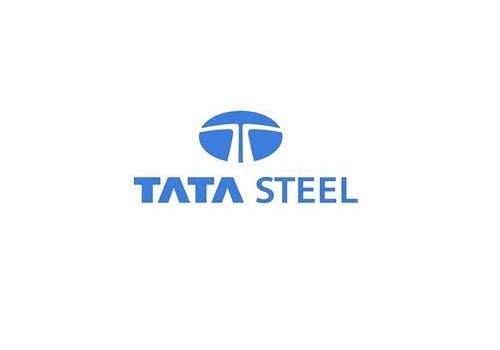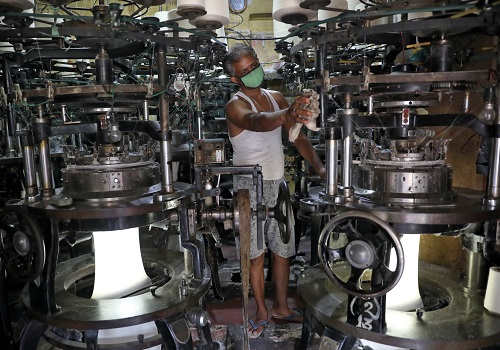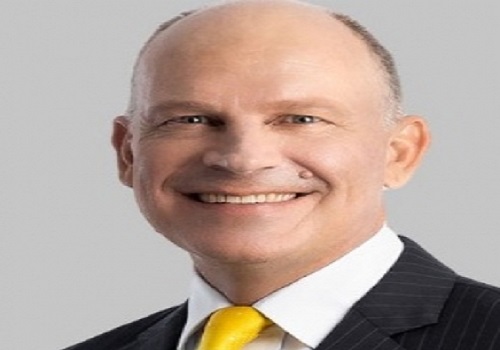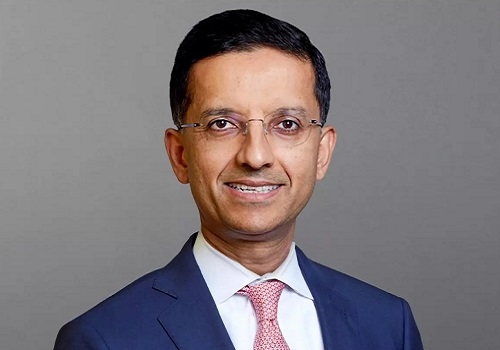Fixed Income Monthly Outlook – December 2021 By Pankaj Pathak, Quantum Mutual Fund

Follow us Now on Telegram ! Get daily 10 - 12 important updates on Business, Finance and Investment. Join our Telegram Channel
Below are Views On Fixed Income Monthly Outlook – December 2021 by Pankaj Pathak - Fund Manager - Fixed Income, Quantum Mutual Fund
After two successive months of hardening, bond yields cooled off in November. The 10- year benchmark government bond yield came down by 6 basis points during the month to close at 6.33%. Yields on other maturities both at the short and long end of the yield curve witnessed a bigger fall of 10-15 basis points.
Much of this rally in the bond market can be attributed to the steep fall in crude oil price from its 3-year peak. A group of large oil consumers, including the US, China, India, South Korea, Japan and Britain, decided to use their strategic oil reserves instead of importing crude oil to cool off the prices. Following the announcement, the Brent crude oil price fell to ~USD 80/barrel vs USD 84.4/barrel at start of the month.
It fell further by the month-end as a new highly mutated variant of Covid-19 (Omicron) started spreading in various parts of the world. Although health agencies are still studying the new virus to determine its characteristics, fear of renewed travel restrictions and potential dampening of economic momentum due to the virus led to over 11% drop in Brent oil price to ~USD 71/barrel by the month-end.
Fall in crude oil prices and tax cuts on petrol and diesel are incrementally positive and should lower the fuel and transportation inflation in the coming future. However, the overall inflation dynamics have worsened over the last two months in India and globally.
In the US, CPI inflation surged to 6.2% in October 2021. It is the highest print in over 30 years. In the Eurozone, CPI inflation surged to 13 years high at 4.1% in October 2021. Other Advanced and Emerging economies too witnessed an abnormal surge in inflation in the past few months.
A part of the spike in inflation is due to the base effect and one-off price adjustments whichthat should fade away over time. However, the ‘transitory’ narrative on inflation has come under threat as the supply chain disruptions are likely to persist for a longer period than earlier anticipated while unprecedented fiscal stimulus and ultra-easy liquidity conditions are fuelling demand.
Under the US Federal Reserve’s new framework which is based on average CPI inflation than inflation expectations, it may become more tolerant to inflation and respond gradually. However, given the fact that inflation is sustaining above the Fed’s target for some time and it is turning out to be less transitory than presumed, expectations are building up for an accelerated QE tapering and early rate hikes by the FED.
In the domestic economy, a sharp unseasonal jump in vegetable prices and telecom tariff hike by over 20% will more than offset the impact of tax cut on petrol and diesel. Corporates are also facing increased cost pressures and raising prices across all kinds of goods.
The headline CPI inflation stood at 4.48% in October 2021. Following the recent price actions and the underlying trend across various goods and services, CPI is expected to jump past the RBI’s 6% upper threshold by December this year and sustain above the 6% mark during most part of 2022.
Considering the natural rate of inflation, the domestic inflation picture is still not that frightening as in the developed world. However, it is sustaining well above the RBI’s 4% target and near its upper threshold of 6% for a long enough time to warrant a change in the policy direction. We expect some of the MPC members to become incrementally hawkish and vote for early stance change and rate hikes.
In the upcoming monetary policy review on 6-8 December 2021, the RBI may kick start the rate hiking cycle by raising the reverse repo rate by 20basis points. It should be followed by another reverse repo rate hike in February next year and repo rate hikes in the latter part of the year.
The direction of the monetary policy is more or less discounted in the market expectation and the current steep yield curve. Incremental change in the market expectations will be driven by the timing of stance change, the pace of rate hikes and the length of the rate hiking cycle or the terminal repo rate.
Although the macro backdrop is unfavourable, valuations at 2-5 years part of the G-sec yield curve looks comfortable. In our opinion, this segment is already pricing much of the liquidity normalisation and a start of the rate hiking cycle by end of this year. Given the steep bond yield curve, 2-5 years bonds also offer the best roll down potential and thus a reasonable margin of safety in the rising rate environment. Bulk of our holding in the Quantum Dynamic Bond Fund is in the 2-5 years maturity segment.
Monetary policy is in a transition phase in India and across the developed world. If history is any guide, these transitions from easing to tightening monetary policy tend to become chaotic with a lot of sentimental market movements on both sides. Thus, we should be prepared for increased volatility in the bond market near and after the policy announcements. With this view, we have created some cash in the Quantum Dynamic Bond Fund portfolio to lower the impact of any adverse market movements around the policy.
We are closely monitoring the developments around the new Covid-19 variant and its impact on the monetary and fiscal policies. We stand vigilant to react and change the portfolio positioning in case our view on the market changes.
From investors’ perspective, we believe a combination of liquid to money market funds to benefit from the increase in interest rates in the coming months; along with an allocation to short term debt funds and/or dynamic bond funds with low credit risks should remain as the core fixed income allocation. We belive bond fund investors should have longer holding period to ride through any intermittent turbulence in the market.
To Read Complete Report & Disclaimer Click Here
Above views are of the author and not of the website kindly read disclaimer










Tag News

Monthly Debt Market Update, September 2023: CareEdge Ratings













